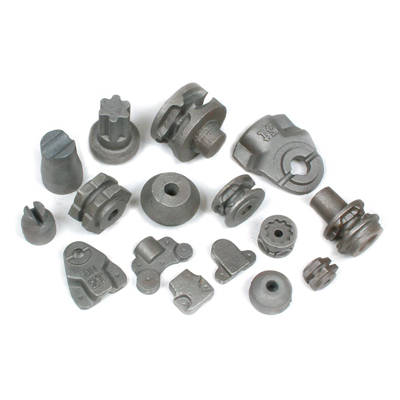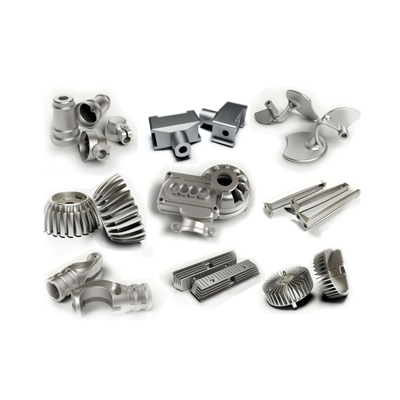
Aluminum Die Casting
Casting Alloy: A380, A384, A386 and A390 are most frequently used material here for die casting process. We are also open to other aluminum alloys and processes per your request. Contact us today to get the quote.
Casting process: Aluminum die casting is very common in China. It is typically good for the parts with a big volume. Permanent casting mold saves a lot of time to make parts. In the meanwhile, die casting part has less porosity than other processes. Besides, mechanical properties of permanent mold castings can be further improved by heat treatment.
Casting Tolerance: CT4-CT6
Machining Tolerance: IT4-IT12
Investment Casting Process
As we started as an investment casting foundry, we know details of this metal-forming technique. Investment casting is also known as lost wax casting. Basically, it refers to make a wax pattern formed with a ceramic. Then, melting the wax makes the ceramic empty. Eventually we get the casting after pouring the metal into the ceramic. OTTOMMO Casting continues to improving our process and utilizing the newest technology available in our industry.
Die Casting Process
Die casting refers to force the molten metal under high pressure into reusable metal dies. Then, we get the raw casting after metal solidifies rapidly. This process is a quick and cost-effective method for high volume geometrically complex parts. In 2010, OTTOMMO Casting established the die casting plant as our joint venture. We aim to provide you high-quality non-ferrous casting parts. Besides, we are capable of full in-house CNC machine, surface treatment and assembly.
Sand Casting Process
As a cost-efficient casting method, sand casting is still popular in China. Basically, it refers to make a sand mold with cavity of casting shape inside. Then, we get the casing after pouring metal into the cavity and metal solidifies. In OTTOMMO sand casting plant, we have both manual and semi-automatic sand casting production lines for castings with various size, weight and geometries. Besides, our sand casting capacity ranges from 3 lbs. to 2500 lbs.









